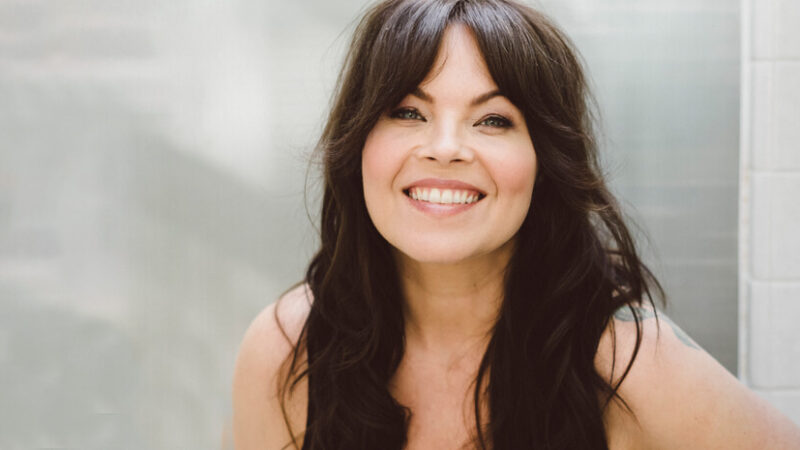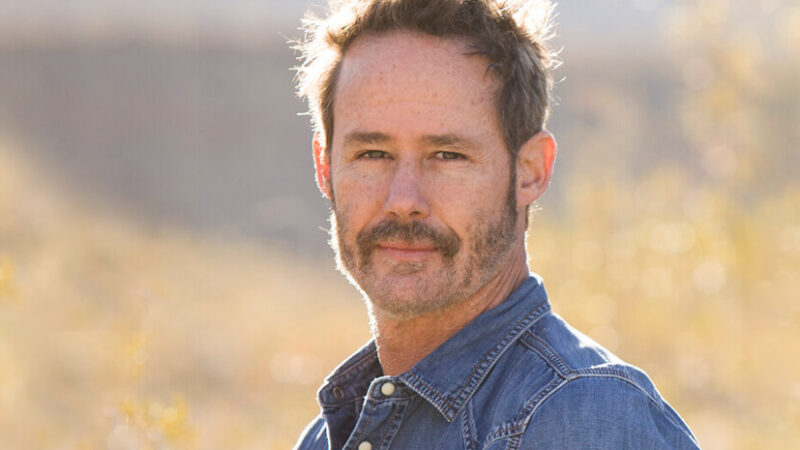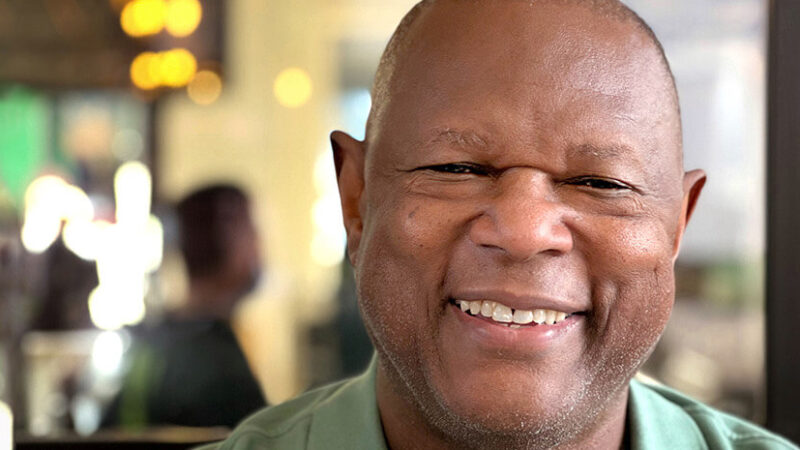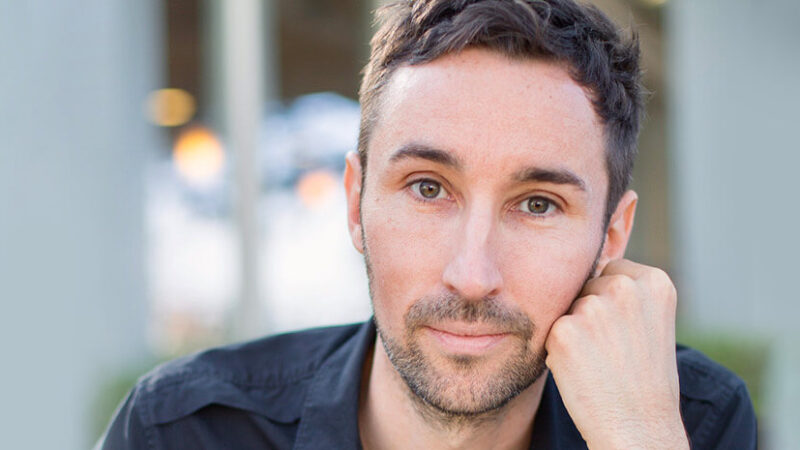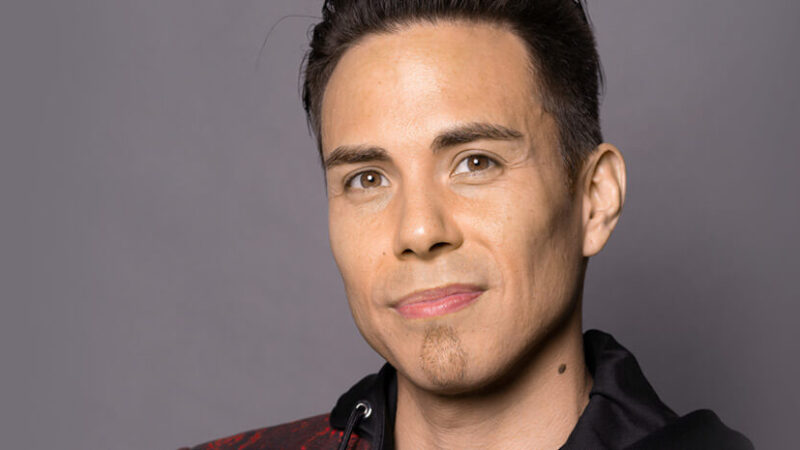Danielle LaPorte: How to Be Loving
What changes when you see yourself and others through a Loving gaze? Everything. With her latest book, How to Be Loving, Danielle LaPorte shares a joyous new framework for bringing incandescent Love to every part of your life. In this podcast, Tami Simon speaks with Danielle about her new book and our individual roles in what she calls “the epic shift of our time.”
Give a listen to this inspiring conversation about shining your inner light, as Tami and Danielle discuss a range of topics including the power of taking a vow, softening a critical attitude, the counterculture nature of self-acceptance, shifting out of misidentification, the shadow side of accountability, the practice of intentional recollection, everyday gentleness, a guided virtue blessing, the epic shift of our time, and more.
Note: This episode first aired live and on video on Sounds True One. To watch Insights at the Edge episodes live and on video, and to access additional bonus Q&A, please visit join.soundstrue.com to learn more.
